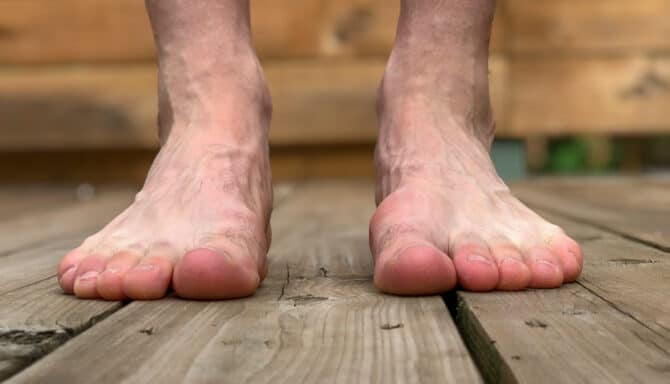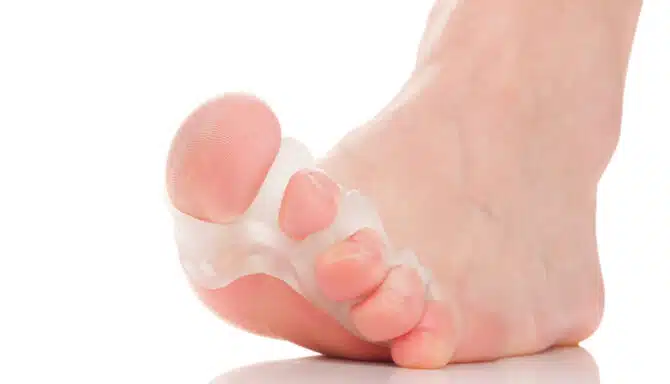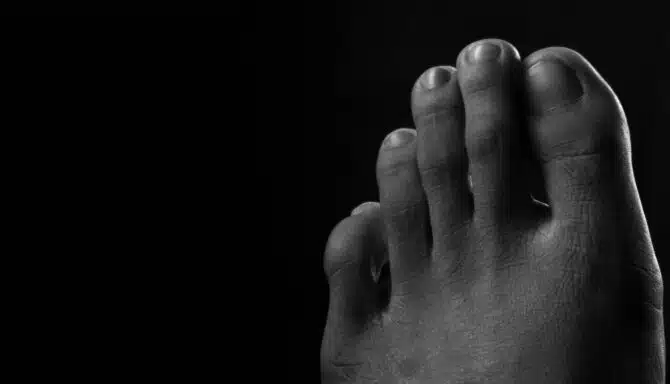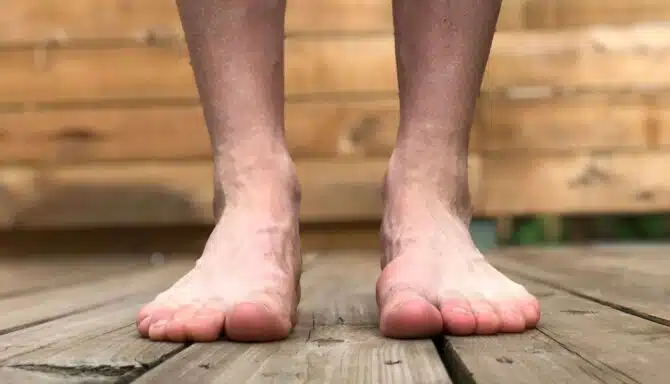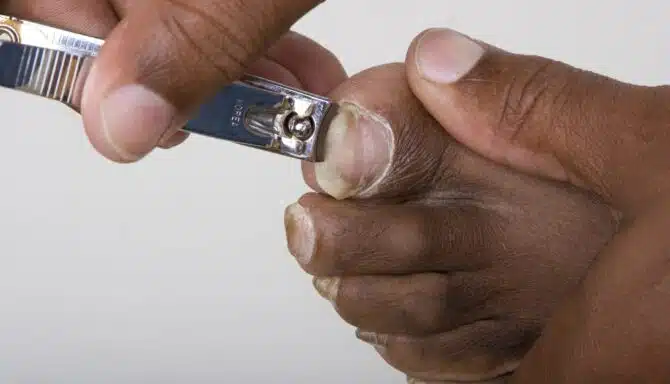Metatarsalgia is very broad term that describes pain at the ball of the foot or forefoot region where the metatarsal bones are located. It is usually a result of overuse or faulty foot mechanics leading to persistent stress to the area followed by inflammation of the bone and/or soft tissues.
You can be experiencing pain at the balls of your feet because of various reasons ranging from a deep corn to a stress fracture of the 2nd metatarsal bone. Pain can stem from all levels of tissue and may be caused by but is not limited to the following:
- Pathological callus/corn
- Ganglion cyst
- Capsulitis
- Bursitis
- Morton’s Neuroma
- Nerve entrapment
- Stress fracture
- Arthritis
In general, to treat your forefoot pain, you must:
Reduce inflammation
Rest, ice, elevate and massage the area of pain with anti-inflammatory gels and topical creams. If absolutely necessary, a Licensed Chiropodist will prescribe an oral anti-inflammatory to help with manage your pain.
Change your footwear and get custom made orthotics
Wearing tight-fitting shoes with a high heel will only make the problem worse. Rather, wear shoes with a low heel and a wider toe box to reduce compressional stress to the balls of your feet. If the root problem is faulty foot mechanics, corrective custom foot orthotics will help to increase support and stability in the foot and ankle as well as redistribute plantar pressures. Essentially, with a custom orthotic, the goal is to remove excessive pressures from the balls of the feet by improving general foot function and/or controlling foot movement. There a number of different additions a health care professional can make to the orthotic for someone who is experiencing metatarsalgia. A common addition is a metatarsal dome pad or a plantar metatarsal pad with cut-outs. Both work to offload or reduce pressures from the area of concern.
If you are experiencing pain at the ball of your foot, book an appointment with one of our Licensed Chiropodists at Feet First Clinic. The appointment will include a thorough assessment followed by a proposed treatment plan that will get you on the path to pain-free feet today!
